
Rhinoplasty details
Rhinoplasty
Prices
About
Rhinoplasty, commonly known as a nose job, is a plastic surgery procedure for altering and reconstructing the nose. There are two types of plastic surgery used – reconstructive surgery that restores the form and functions of the nose and cosmetic surgery that changes the appearance of the nose. Reconstructive surgery seeks to resolve nasal injuries caused by various traumas including blunt, and penetrating trauma and trauma caused by blast injury. Reconstructive surgery also treats birth defects, breathing problems, and failed primary rhinoplasties. Rhinoplasty may remove a bump, narrow nostril width, change the angle between the nose and the mouth, or address injuries, birth defects, or other problems that affect breathing, such as a deviated nasal septum or a sinus condition.
In closed rhinoplasty and open rhinoplasty surgeries – a plastic surgeon, an otolaryngologist (ear, nose, and throat specialist), or an oral and maxillofacial surgeon (jaw, face, and neck specialist), creates a functional, aesthetic, and facially proportionate nose by separating the nasal skin and the soft tissues from the nasal framework, altering them as required for form and function, suturing the incisions, using tissue glue and applying either a package or a stent, or both, to immobilize the altered nose to ensure the proper healing of the surgical incision.
Ultrasonic rhinoplasty
Recently, ultrasonic rhinoplasty which was introduced by Massimo Robiony in 2004 has become an alternative to traditional rhinoplasty, Ultrasonic rhinoplasty uses piezoelectric instruments to reshape atraumatically nasal bones, also known as rhinosculpture. Ultrasonic rhinoplasty uses piezoelectric instruments (scrapers rasps, saws) that affect only the bones and the stiff cartilages through ultrasonic vibrations, as the instruments used in dental surgery. The use of piezoelectric instruments requires a more extended approach than the isial one, allowing to visualize the whole bony vault, to reshape it with rhinosculpture or to mobilize and stabilize bones after controlled osteotomies.
This intervention can be carried out from the age of 16, and in practice as soon as the growth is complete. It is most often intended to correct a bump, a nose that is too wide, too prominent, a point that is too round or bulbous, or that lacks definition. It is also intended for asymmetric or crooked noses, whether or not there is a deviation of the nasal septum. In the elderly, the intervention may be indicated to shorten a slightly long nose but also to create a rejuvenating effect which is not negligible. In addition, functional rhinoplasties will correct problems affecting nasal breathing linked to the nasal septum, turbinates and nasal valves.
The rhinoplasty patient returns home after surgery, to rest, and allow the nasal cartilage and bone tissues to heal the effects of having been forcefully cut. Assisted with prescribed medications—antibiotics, analgesics, steroids—to alleviate pain and aid wound healing, the patient convalesces for about 1-week, and can go outdoors. Post-operatively, external sutures are removed at 4–5 days; the external cast is removed at 1-week; the stents are removed within 4–14 days; and the "panda eyes" periorbital bruising heal at 2-weeks. If an alar base reduction is performed conjunctively within the Rhinoplasty, these sutures need to be removed within 7–10 days post operatively. Throughout the first year post-operative, in the course of the rhinoplastic wounds healing, the tissues will shift moderately as they settle into being a new nose.
FAQ
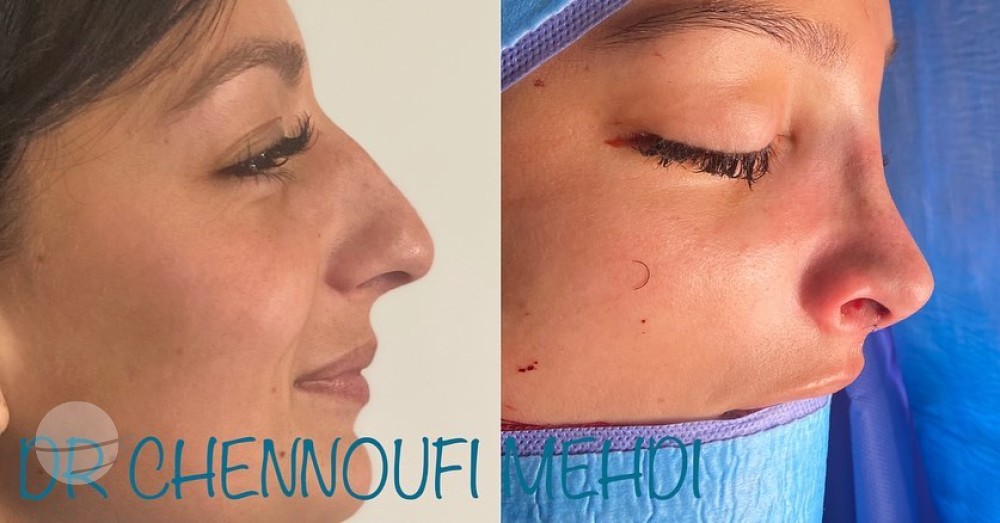
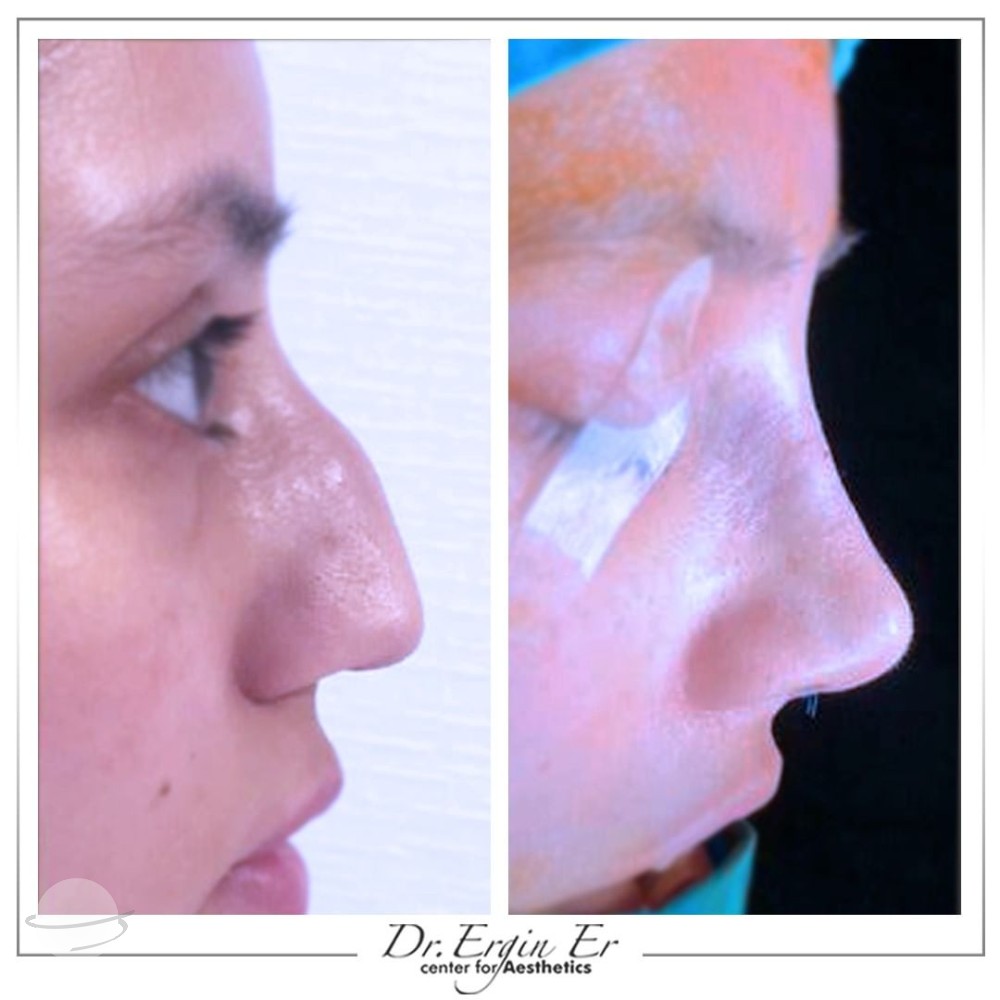
Ethnic rhinoplasty
Prices
About
Definition
Ethnic rhinoplasty is a cosmetic surgical procedure that aims to improve the appearance of the nose while maintaining the specific ethnic characteristics of each individual. It makes it possible to enhance and highlight the cultural identity of each patient.
The techniques are different and these cases often require special expertise.
Ethnic rhinoplasty is a cosmetic surgical procedure that aims to improve the appearance of the nose while preserving the specific ethnic and cultural characteristics of each individual.
Ethnic rhinoplasty is specific to the large nose and amazed in general of African or Asian origin.
Diagnosis
Ethnic rhinoplasty is recommended for patients who wish to improve certain aspects of their nose while preserving their distinctive ethnic features. Whether you want to refine the tip of the nose, reduce the width of the nostrils, correct a bump or adjust the general shape of the nose, ethnic rhinoplasty can help you achieve an aesthetic balance while respecting your ethnic origins.
Recovery
After ethnic rhinoplasty, you may experience some swelling and bruising around your nose, which will gradually diminish over time. Your surgeon will prescribe medication to manage postoperative pain and discomfort. It is recommended that you rest, avoid strenuous physical activity, and follow your surgeon's instructions regarding cleaning and postoperative care for optimal healing.
FAQ
Ethnic rhinoplasty is a cosmetic surgical procedure that aims to improve the appearance of the nose while preserving the specific ethnic and cultural characteristics of each individual. It harmonizes the nose with facial features, while respecting the identity and natural beauty of each patient.Anyone who wants to improve the appearance of their nose while preserving their distinctive ethnic features may be a good candidate for ethnic rhinoplasty. It is important to have realistic expectations and to discuss your cosmetic goals with a qualified surgeon to determine if this procedure is right for you.The techniques used during ethnic rhinoplasty vary according to the specific needs of each patient. This may include changing the shape of the tip of the nose, reducing the size of the nostrils, correcting a hump, or adjusting the projection of the nose. Your surgeon will discuss with you the appropriate techniques to achieve your aesthetic goals while preserving your ethnic features.The recovery period after ethnic rhinoplasty can vary from one person to another, but in general, you can expect a recovery period of around one to two weeks. It is normal to feel some swelling and bruising around the nose for the first few days, but this will gradually diminish. Your surgeon will provide you with detailed postoperative instructions to help you recover optimally.
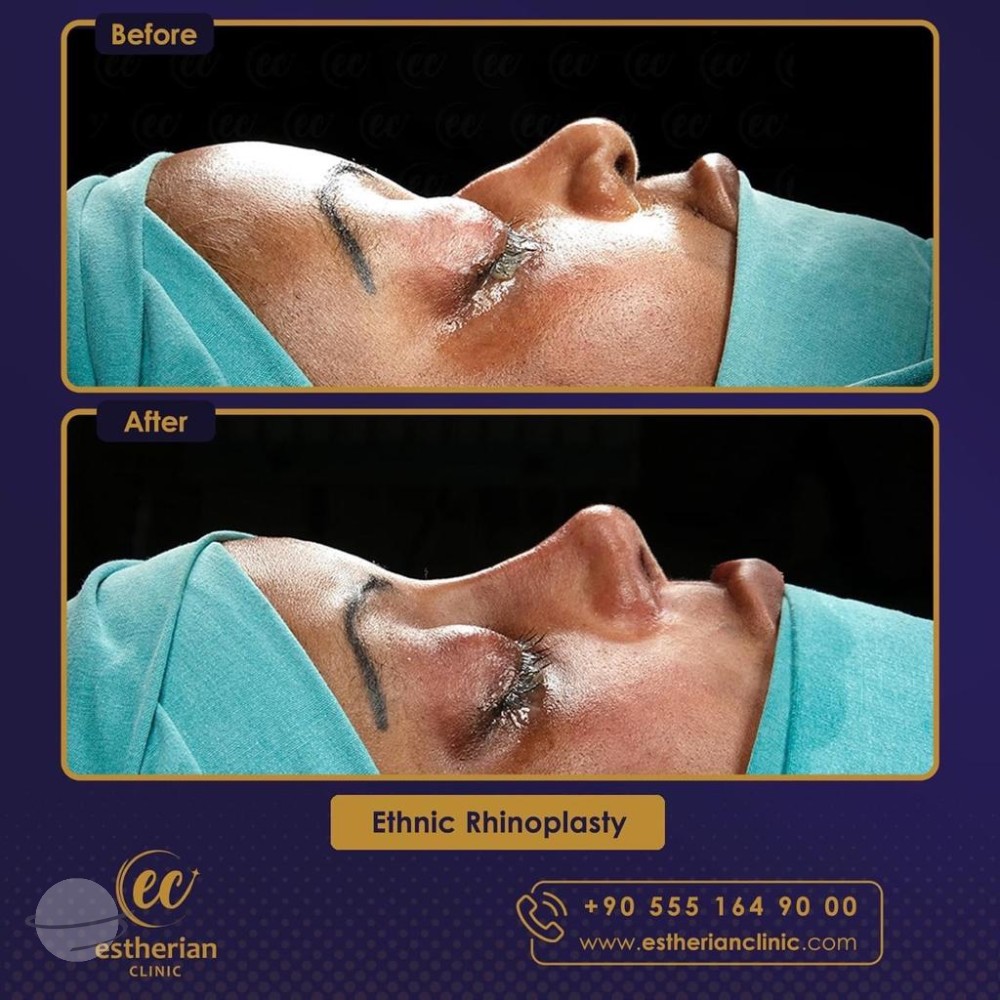
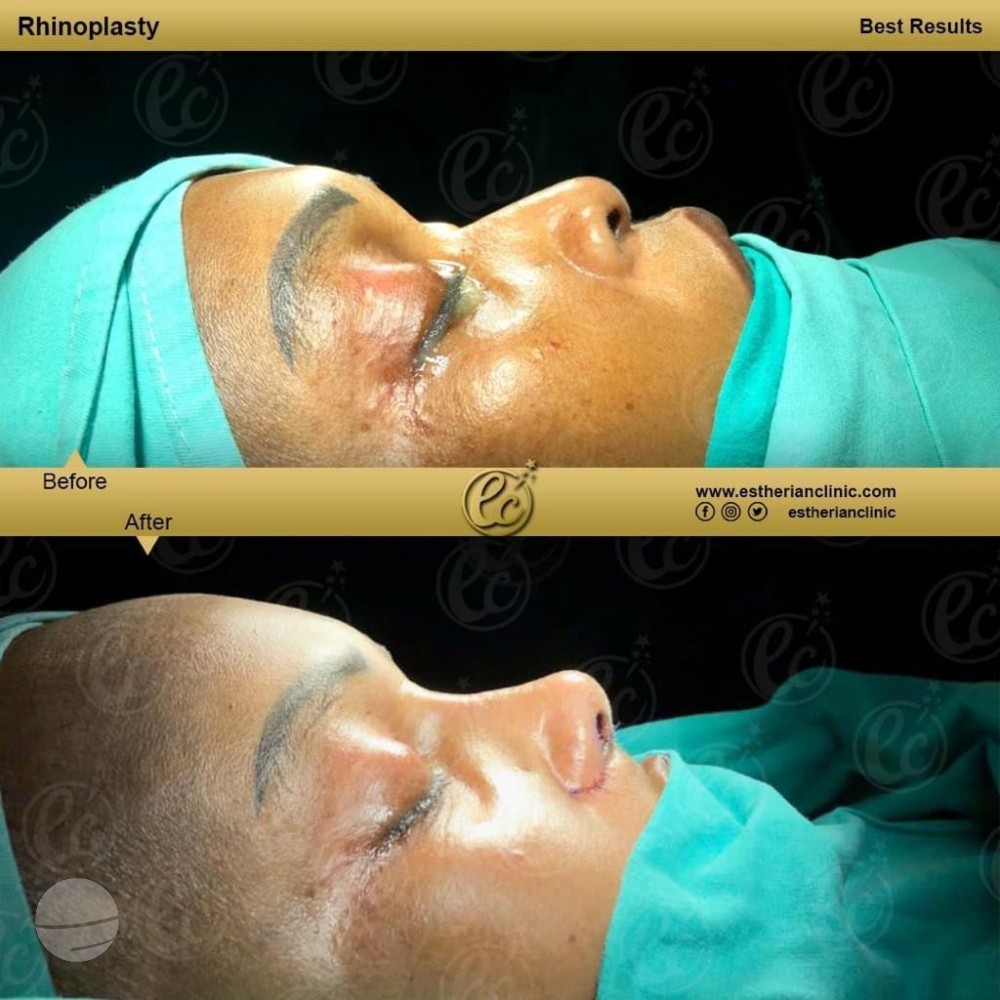
Ultrasonic Rhinoplasty
Prices
About
Ultrasonic Rhinoplasty
Recently, the bones of the nose may not be broken, but only reduced and sculpted. This is ultrasonic rhinoplasty, also called rhinosculpture, an evolution of traditional rhinoplasty, developed by Dr. Olivier Gerbault.
In this new process of atraumatic piezoelectric surgery, traditional instruments (rasps, osteotomes, hammers, etc.) are replaced by sculpting instruments that take advantage of ultrasonic vibrations, similar to instruments used in dental surgery.
Classic rhinoplasty and ultrasonic rhinoplasty are two different approaches to aesthetic nose surgery. Here are the main differences between these two techniques:
Dissection Technique:
- Classic Rhinoplasty: Classic rhinoplasty involves manual dissection of nasal tissues using traditional surgical instruments such as scissors and cutting instruments.
- Ultrasonic Rhinoplasty: Ultrasonic rhinoplasty uses specific ultrasonic devices that allow sculpting and reshaping of the bony and cartilaginous structures of the nose with great precision. Ultrasound facilitates gentler and less traumatic dissection, which can result in less swelling, bruising, and shorter recovery times.
Precision and Control:
- Classic Rhinoplasty: Although classic rhinoplasty is a proven and commonly used technique, it may have some limitations in terms of precision and control when modifying nasal structures.
- Ultrasonic Rhinoplasty: Ultrasonic rhinoplasty offers better precision and improved control through the use of ultrasonic devices. Surgeons can visualize internal nose structures in real-time, allowing them to make more precise and personalized modifications while preserving surrounding structures.
Aesthetic Results:
- Classic Rhinoplasty: Classic rhinoplasty can produce excellent aesthetic and functional results by modifying the shape, size, and proportion of the nose. However, results may vary depending on the skills and experience of the surgeon.
- Ultrasonic Rhinoplasty: Ultrasonic rhinoplasty allows for more precise and harmonious aesthetic results by offering improved control over the shape and structure of the nose. Results can be more predictable and personalized according to the individual needs and preferences of the patient. It is important to note that the selection of rhinoplasty technique will depend on various factors, including the patient's needs and goals, the surgeon's assessment, and personal preference.
FAQ
Classic Rhinoplasty
Prices
About
During a classic rhinoplasty, the surgeon makes incisions inside the nose (closed rhinoplasty) or both inside and outside (open rhinoplasty), depending on the extent of the necessary modifications. The incisions allow access to the bony and cartilaginous structures of the nose, which are then reshaped, reduced, enlarged, or repositioned according to the specific goals of the patient.
Once the modifications are made, the skin is redraped over the new nose structure, and sutures are applied to hold the tissues in place during healing. Nasal splints may also be used to support the nose during the recovery phase.
The results of classic rhinoplasty become visible as swelling decreases and tissues heal. It's important to note that the final results may take several months, even up to a year, to fully manifest. Once complete healing occurs, most patients are satisfied with the improvements to the appearance and/or functionality of their nose. It's essential to discuss your expectations and goals in detail with a qualified surgeon before deciding to undergo classic rhinoplasty. The surgeon will evaluate your facial anatomy, discuss appropriate surgical options, and provide accurate information about expected outcomes, potential risks, and necessary postoperative care.
The recovery period after a classic rhinoplasty can last for several weeks. Bruising and swelling are common in the first few days following the surgery, but they gradually fade over time. Patients are typically advised to limit their physical activities, avoid touching their nose, and wear a nasal splint for some time.
FAQ
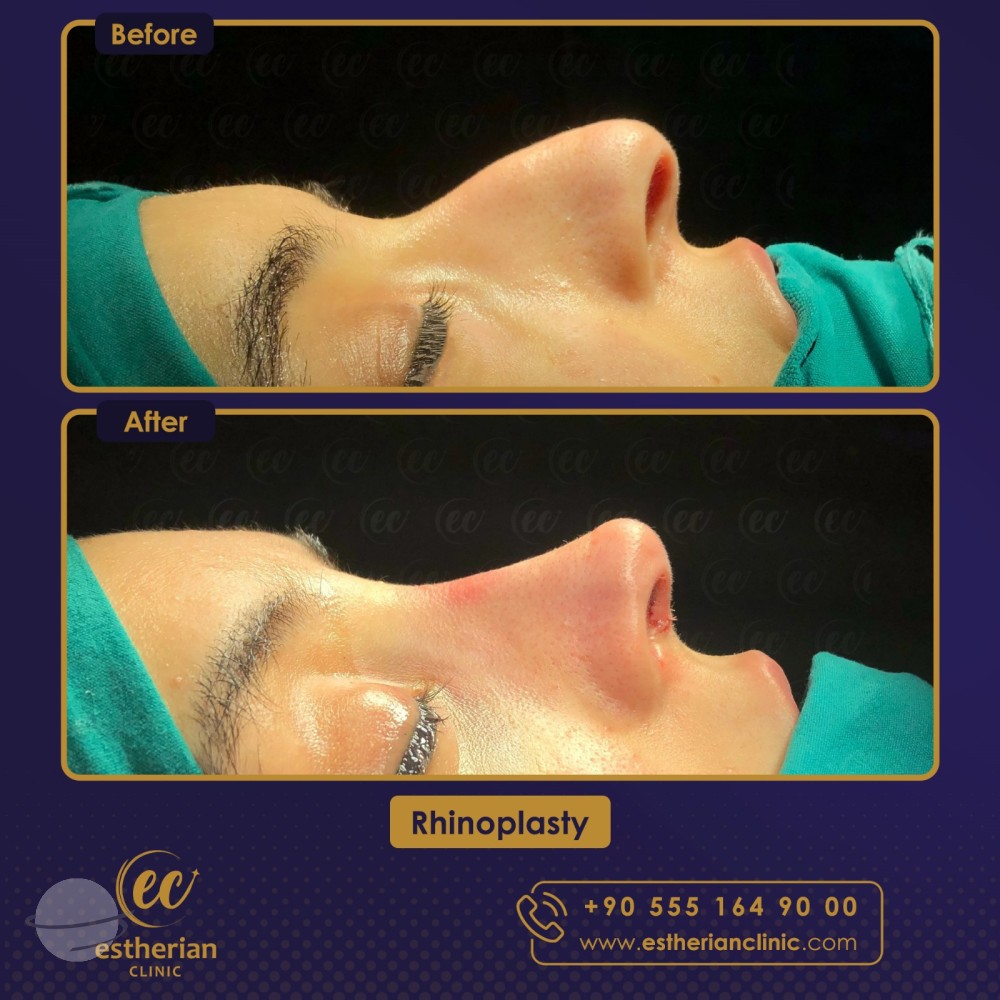
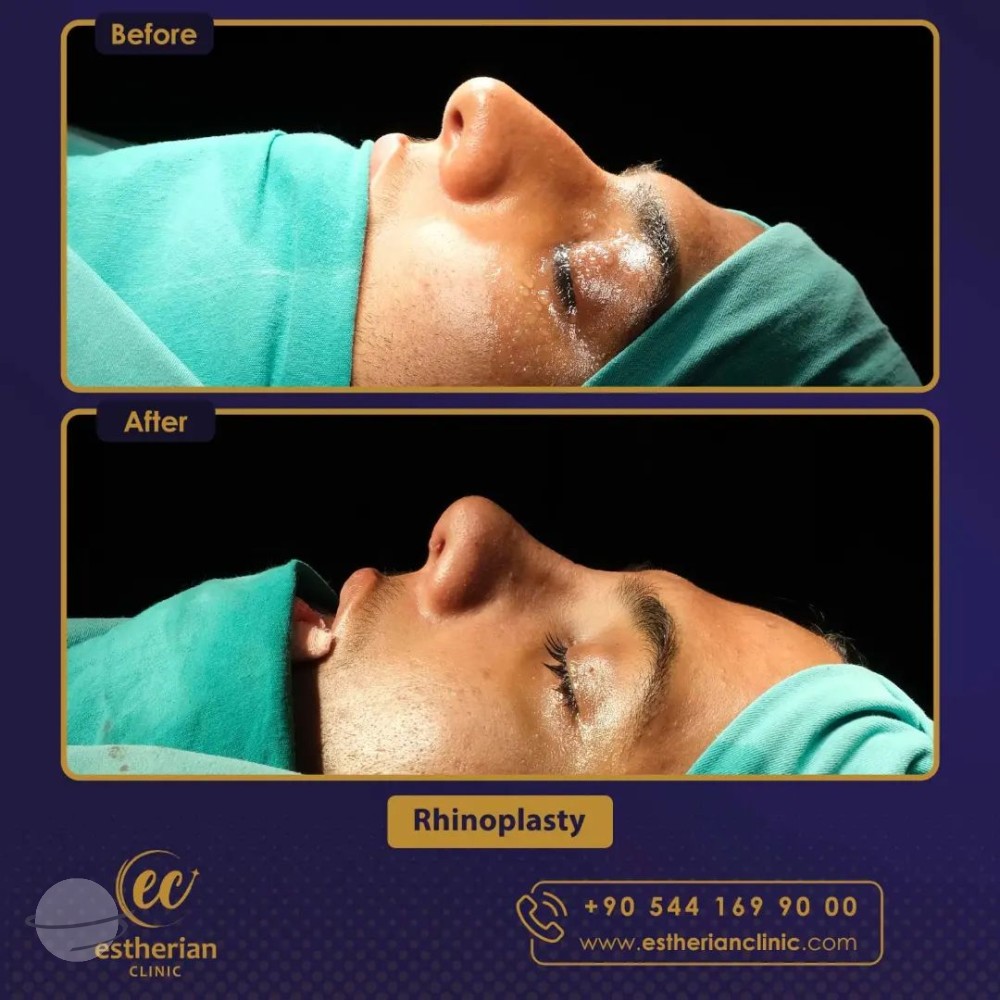
Tip Rhinoplasty
Prices
CountriesFromCzech Republic

NaN Thaïland

NaN About
Definition
Tip rhinoplasty, also known as nasal tip rhinoplasty, is a cosmetic surgical procedure aimed at improving the shape and appearance of the nasal tip. It allows for a more defined, symmetrical tip that harmonizes with other facial features.
Procedure Process
Tip rhinoplasty is typically performed under general anesthesia to ensure your comfort during the procedure. The surgeon makes small incisions inside the nose to access the cartilaginous structure of the tip. Then, various techniques such as reduction, reshaping, or repositioning of the cartilage are used to achieve the desired result. The incisions are then closed with dissolvable sutures.
Therapeutic Indication
Tip rhinoplasty is recommended for patients who are dissatisfied with the appearance of their nasal tip. This may include issues such as a wide, drooping, asymmetrical tip, or structural defects. If you wish to refine and enhance the shape of your nasal tip to achieve a more aesthetic and balanced appearance, tip rhinoplasty may be a suitable option for you.
Anesthesia
Tip rhinoplasty is typically performed under general anesthesia for your comfort and safety during the operation. Your anesthesiologist will ensure that you are asleep and pain-free throughout the procedure.
Duration of the Procedure
The duration of tip rhinoplasty can vary depending on the complexity of each individual case. Typically, the procedure lasts between 1 and 3 hours. Your surgeon will provide you with a more precise estimate during your preoperative consultation.
Results and Long-Term Maintenance
The results of tip rhinoplasty will gradually become visible as the swelling resolves and the tissues heal. You will appreciate a more harmonious, better-defined nasal tip that is in better proportion with the rest of your face. To maintain long-term results, it is important to follow your surgeon's instructions, avoid trauma to the nose, protect your skin from the sun, and prevent infection. Good nasal hygiene and regular care will help you maintain an optimal appearance.
Recovery
After tip rhinoplasty, it is normal to experience some swelling and bruising around the nose, which will gradually decrease over time. Your surgeon will prescribe medications to manage pain and postoperative discomforts. It is recommended to rest, avoid strenuous physical activities, and follow your surgeon's instructions regarding cleaning and postoperative care for optimal healing.
FAQ